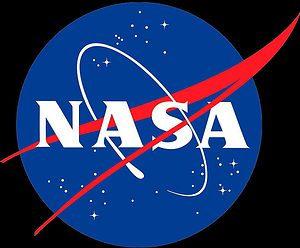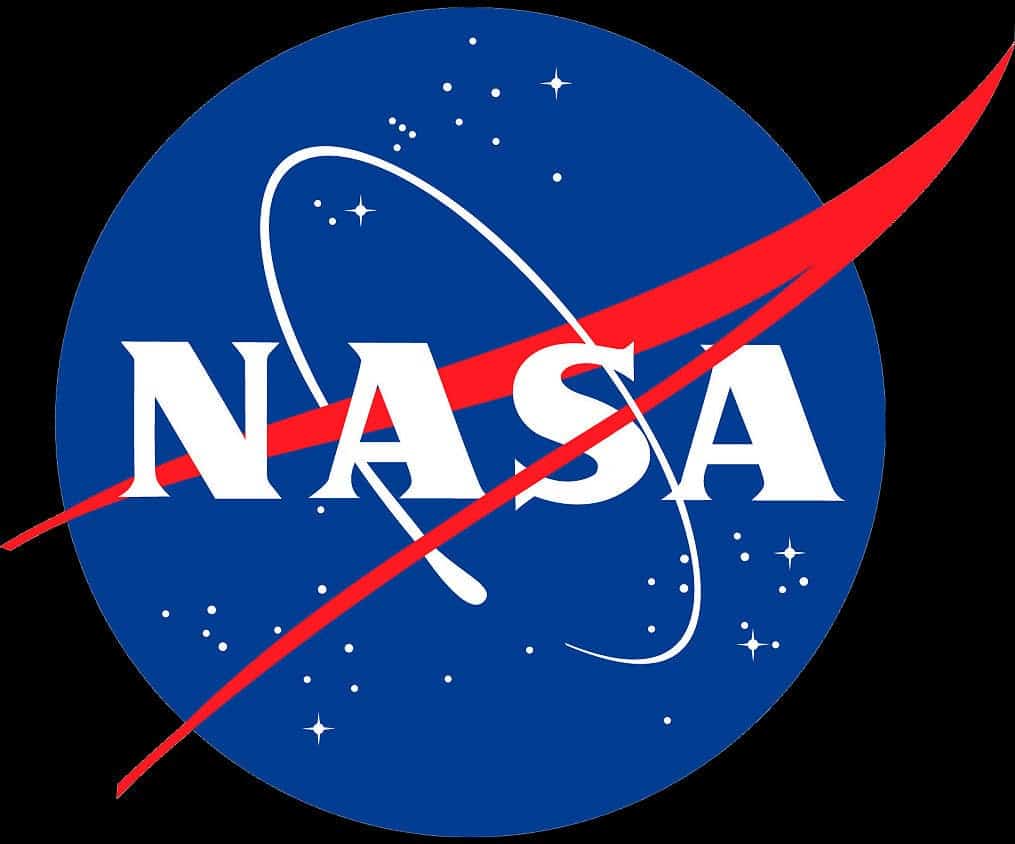
The largest grant went to Boeing worth $92.3 million, which is currently under contract with NASA to develop the CST-100, a spaceship slated to carry a crew of seven in a low orbit over the earth Boeing officials said they would apply what they’ve learned from building commercial airplanes, satellites and launch systems to build and fly the CST-100 in 2015.
Sierra Nevada Corp got $80 million, while Space Exploration Technology (SpaceX), the privately held company founded by Internet entrepreneur Elon Musk, was awarded $75 million. The money will be put to good use by SpaceX by all odds, considering only a few weeks ago the company announced that their currently developing the world’s most powerful rocket. Blue Origin, another company founded by an internet entrepreneur Amazon’s Jeff Bezos, received a contract worth $22 million.
For NASA it’s imperative to develop a space taxi solution as soon as possible, not only because of obvious logistics consideration but also financially-wise. Currently, NASA has already a lot of flights outsourced to Russia who charge $51 million per person, price expected to rise to $63 per person by 2014.
“We’re committed to safely transporting U.S. astronauts on American-made spacecraft and ending the outsourcing of this work to foreign governments,” NASA Administrator Charles Bolden said in a statement.
“These agreements are significant milestones in NASA’s plans to take advantage of American ingenuity to get to low-Earth orbit so we can concentrate our resources on deep space exploration.”
The agreement covers work for about 14 months. NASA hopes to follow the program with another competition to develop an actual flight system. The goal is for NASA to be able to buy commercial orbital space transportation services by about 2015.









